Minister of Defence (United Kingdom)
The post of Minister of Defence was responsible for co-ordination of defence and security from its creation in 1940 until its abolition in 1964. The post was a Cabinet-level post and generally ranked above the three service ministers, some of whom, however, continued to also serve in Cabinet.
| Minister of Defence | |
|---|---|
.svg.png) Royal Arms of Her Majesty's Government | |
| Ministry of Defence (1947–1964) | |
| Status | Abolished |
| Member of | Cabinet |
| Reports to | Prime Minister |
| Precursor | Minister for Co-ordination of Defence |
| Formation | 10 May 1940 |
| First holder | Winston Churchill |
| Final holder | Peter Thorneycroft |
| Abolished | 1 April 1964 |
| Succession | Secretary of State for Defence |
History
Prior to the outbreak of the Second World War, concerns about British forces being understrength led in 1936 to the creation of the post of Minister for Coordination of Defence by Prime Minister Stanley Baldwin. The post was abolished by Baldwin's successor Neville Chamberlain in April 1940.
On his appointment as Prime Minister in May 1940, Winston Churchill created for himself the new post of Minister of Defence. The post was created in response to previous criticism that there had been no clear single minister in charge of the prosecution of the war. In 1946, the post became the only cabinet-level post representing the military, with the three service ministers—the Secretary of State for War, the First Lord of the Admiralty, and the Secretary of State for Air—now formally subordinated to the Minister of Defence.
In 1964, the creation of a single, merged Ministry of Defence and the abolition of the separate service ministries in the UK led to the creation of the new post of Secretary of State for Defence, more popularly known as Defence Secretary.
Ministers of Defence, 1940–1964
| Name (Born-Died) |
Portrait | Term of office | Political Party | Prime Minister | ||||
|---|---|---|---|---|---|---|---|---|
| Took office | Left office | Time in office | ||||||
| Winston Churchill | 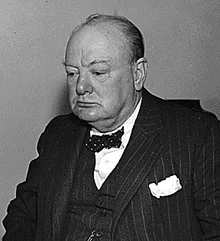 |
10 May 1940 | 27 July 1945 | 5 years, 78 days | Conservative | Winston Churchill (War Coalition) | ||
| Clement Attlee | 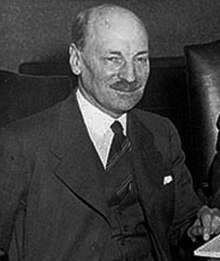 |
27 July 1945 | 20 December 1946 | 1 year, 146 days | Labour | Clement Attlee | ||
| A. V. Alexander |  |
20 December 1946 | 28 February 1950 | 3 years, 70 days | Labour Co-op | |||
| Emanuel Shinwell | .jpg) |
28 February 1950 | 26 October 1951 | 1 year, 240 days | Labour | |||
| Winston Churchill | 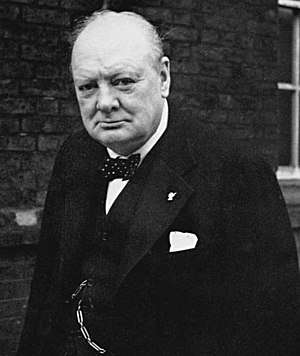 |
28 October 1951 | 1 March 1952 | 127 days | Conservative | Sir Winston Churchill | ||
| The Earl Alexander of Tunis |
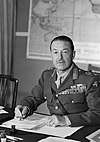 |
1 March 1952 | 18 October 1954 | 2 years, 231 days | none | |||
| Harold Macmillan | 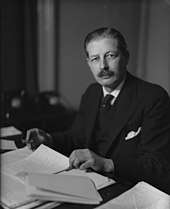 |
18 October 1954 | 7 April 1955 | 171 days | Conservative | |||
| Selwyn Lloyd |  |
7 April 1955 | 20 December 1955 | 257 days | Conservative | Sir Anthony Eden | ||
| Sir Walter Monckton |  |
20 December 1955 | 18 October 1956 | 303 days | Conservative | |||
| Antony Head | 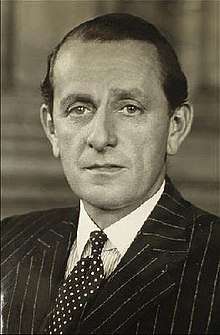 |
18 October 1956 | 9 January 1957 | 83 days | Conservative | |||
| Duncan Sandys |  |
13 January 1957 | 14 October 1959 | 2 years, 274 days | Conservative | Harold Macmillan | ||
| Harold Watkinson | 14 October 1959 | 13 July 1962 | 2 years, 272 days | Conservative | ||||
| Peter Thorneycroft |  |
13 July 1962 | 1 April 1964 | 1 year, 263 days | Conservative | |||
| Sir Alec Douglas-Home | ||||||||
The post of Minister of Defence was abolished in 1964 and replaced by the new post of Secretary of State for Defence.
See also
- Secretary of State for Defence
- Ministry of Defence (1947–1964)